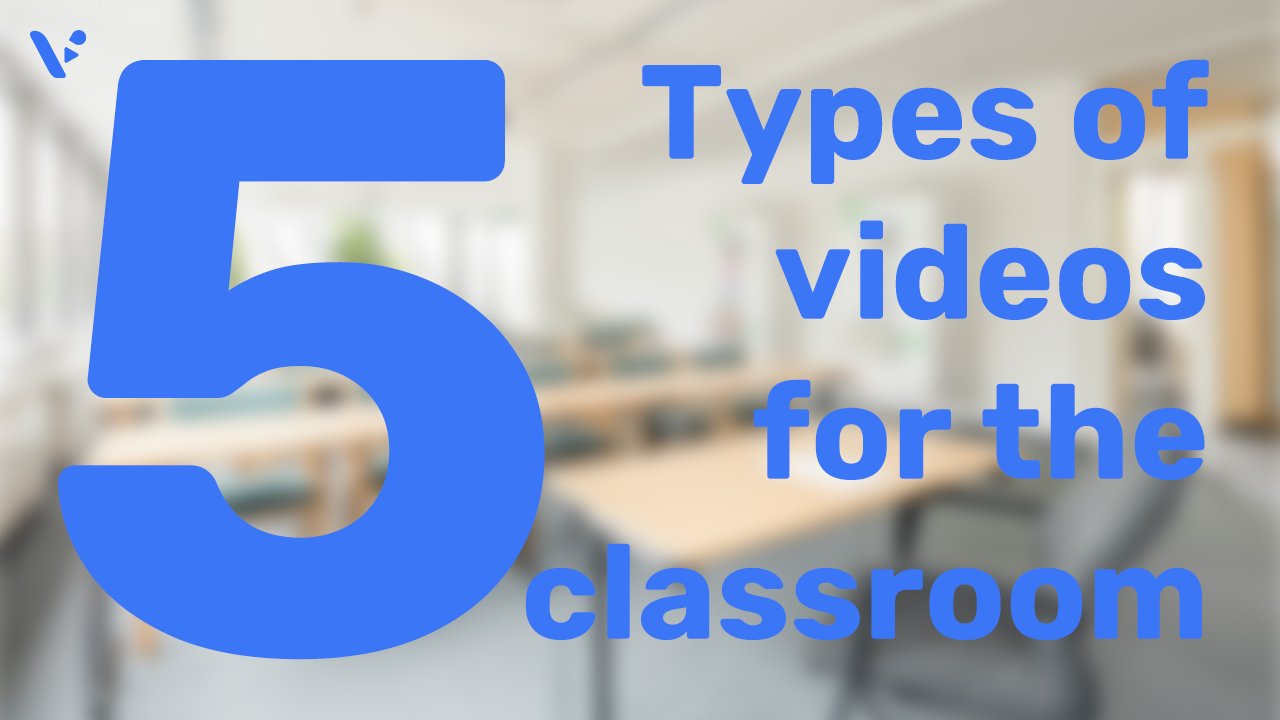In today’s classroom, video is more than a teaching aid. It’s a direct path to engagement, understanding, and retention. From reinforcing lessons to encouraging discussion, the right video format can reshape how students absorb information. But not all videos are created equal.
Video is a powerful educational tool because it appeals to the brain’s preference for visual and auditory input. According to a Kaltura study, 93% of students say video enhances their learning experience. Additional research also highlights that concise, engaging videos help students grasp and remember concepts more effectively than traditional textbooks.
Here are five video types that consistently elevate the classroom experience.
1. Lecture Videos

What They Are
Lecture-capture videos are recordings of live lessons, either from a classroom or virtual environment. They mirror what the teacher presents during class: explanations, whiteboard notes, and all the real-time interactions that happen organically.
Why They Work in the Classroom
Students benefit from revisiting lessons on their own time. Whether they missed class or just need another look at a tough concept, these videos let them learn at their own pace. They also free up class time for active learning or discussions.
How to Create Lecture Videos with Visla
- Record your lecture using Visla. Your footage is saved automatically to your Workspace.
- Click “Create Video” in Visla. Use the prompt box to describe your project and upload your recorded lecture.
- When prompted, choose the “Create Narrative Video” option.
- On the next page, tailor your instructions to Visla’s AI. You can define the video’s length, pacing, AI voice, background music style, and footage sources.
- Visla’s AI generates your video project.
- Edit your final cut in Visla’s intuitive Scene Based Editor.
2. How-To and Tutorial Videos
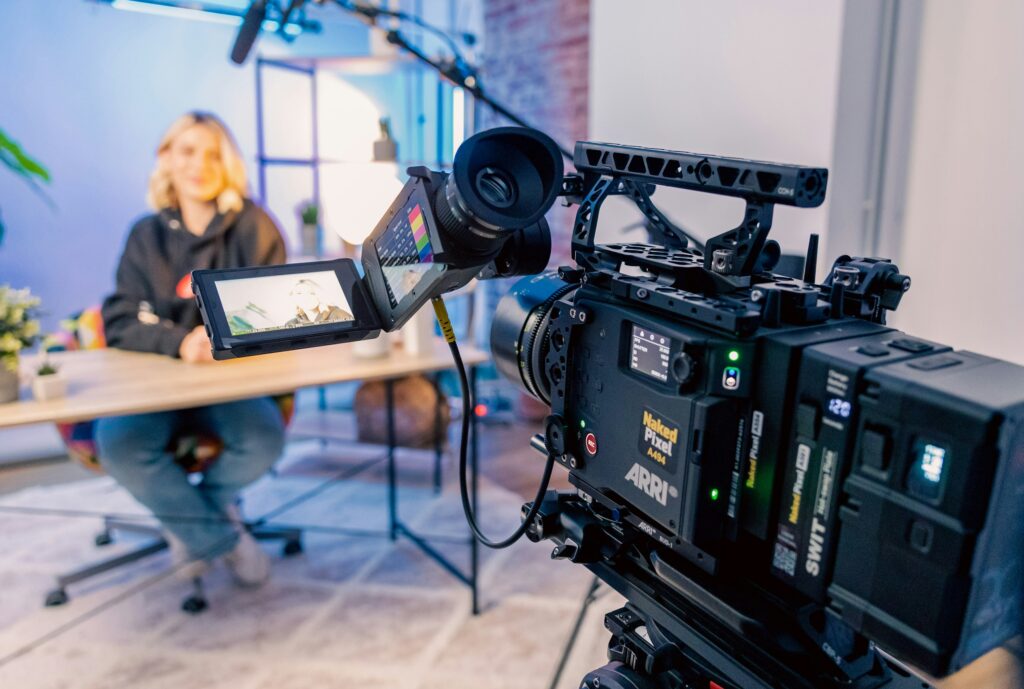
What They Are
These videos walk students through a task or concept, step-by-step. Common examples include solving math problems, navigating software, or completing a science lab demo. They often use screen recordings or hands-on demonstrations.
Why They Work in the Classroom
Step-based visuals support clarity and reinforce procedural learning. Students can pause and rewind whenever they need. This format is ideal for visual learners and makes complex tasks easier to replicate.
How to Create Tutorial Videos with Visla
- Use Visla’s AI-powered Screen Step Recorder to capture each action you take on your device.
- As you work, Visla automatically detects and breaks the footage into discrete steps.
- Edit your completed video using Visla’s Scene Based Editor.
3. Documentaries and Case-Study Videos
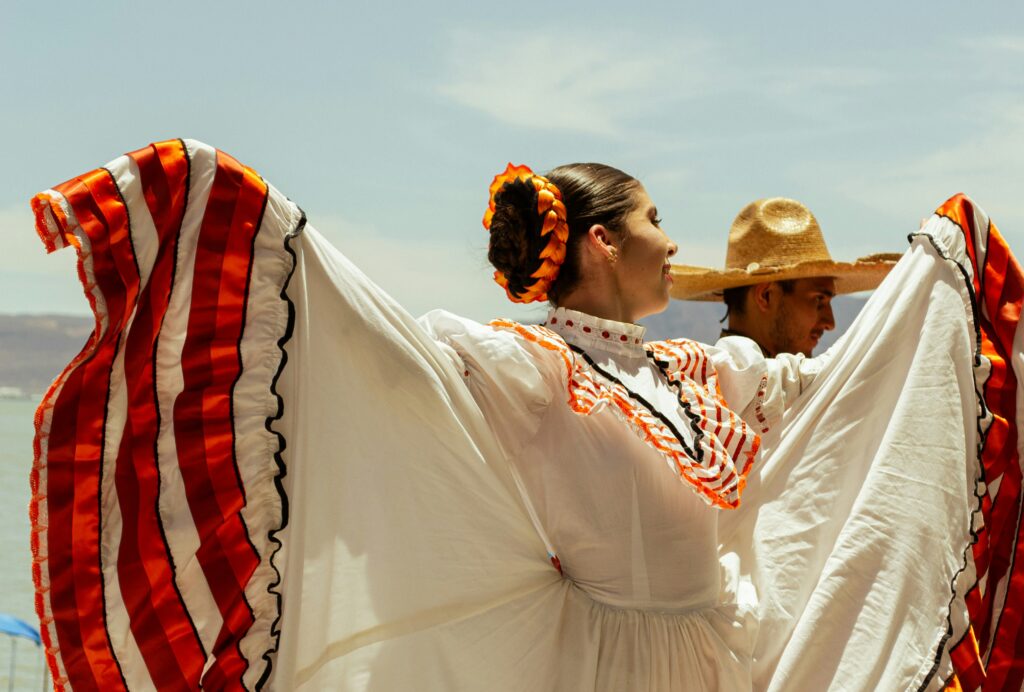
What They Are
These videos explore real-world topics or profiles in depth. While some may pull in third-party documentary footage, educators often create their own case-study videos to illustrate historical events, business scenarios, or scientific applications.
Why They Work in the Classroom
Students see abstract concepts in action. Whether you’re analyzing a turning point in history or following a company through a product launch, these videos deepen learning through storytelling and context.
How to Create a Case Study Video with Visla
- Record your case study using Visla. The recording is saved to your Workspace automatically.
- Select “Create Video” in Visla and import your footage. Add a prompt about the case study.
- Choose the “Create Narrative Video” option.
- On the next screen, refine your AI instructions. Define the story structure, timing, AI voice, stock footage preferences, and music. Request use of Private Stock.
- Visla’s AI produces the video draft.
- Open it in the Scene Based Editor for any final changes.
4. Talking-Head and On-Location Explanation Videos
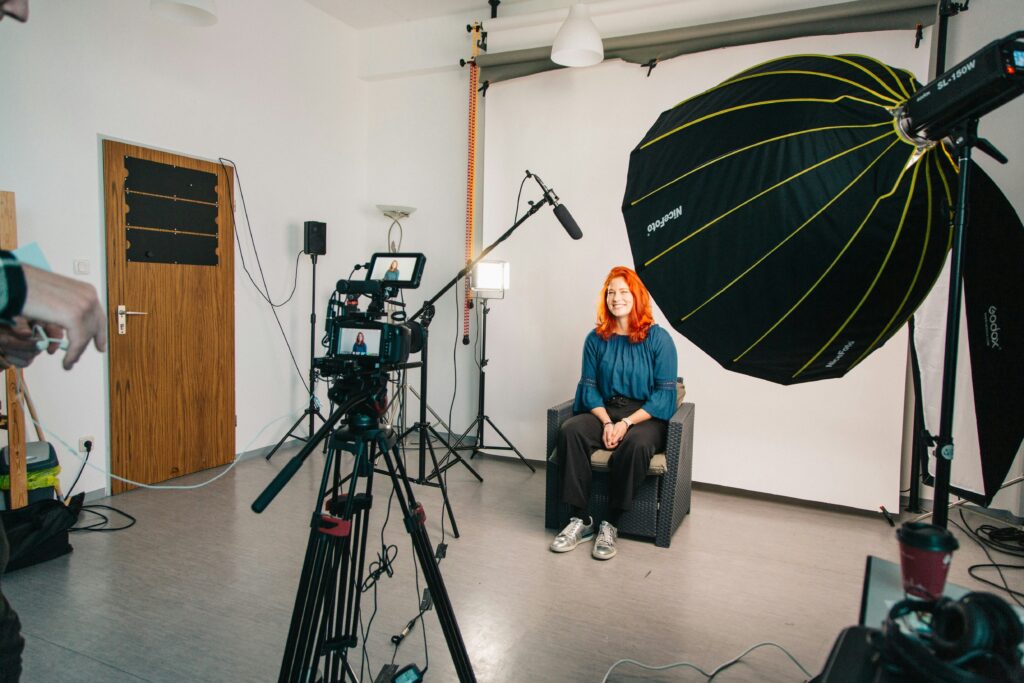
What They Are
These are instructor-facing videos where a speaker addresses the viewer directly. Some are filmed in a studio or classroom, while others take place in real-world settings — like a museum, warehouse, or ecosystem.
Why They Work in the Classroom
These videos feel personal. When students hear directly from an expert, it builds connection. On-location shoots add immersion and can ground abstract topics in a tangible environment.
How to Create Explanation Videos with Visla
- Use Visla to record your footage. Your content will be saved automatically in your Workspace.
- Mark the footage as Private Stock. Visla’s AI will automatically tag it for future use.
- Click “Create Video” and add your project prompt.
- Refine your AI instructions on the next screen. Outline duration, structure, AI voice, and preferred assets. Be sure to include Private Stock.
- Visla generates your draft.
- Finalize the video using Visla’s Scene Based Editor.
5. Trigger Films and Discussion Prompts
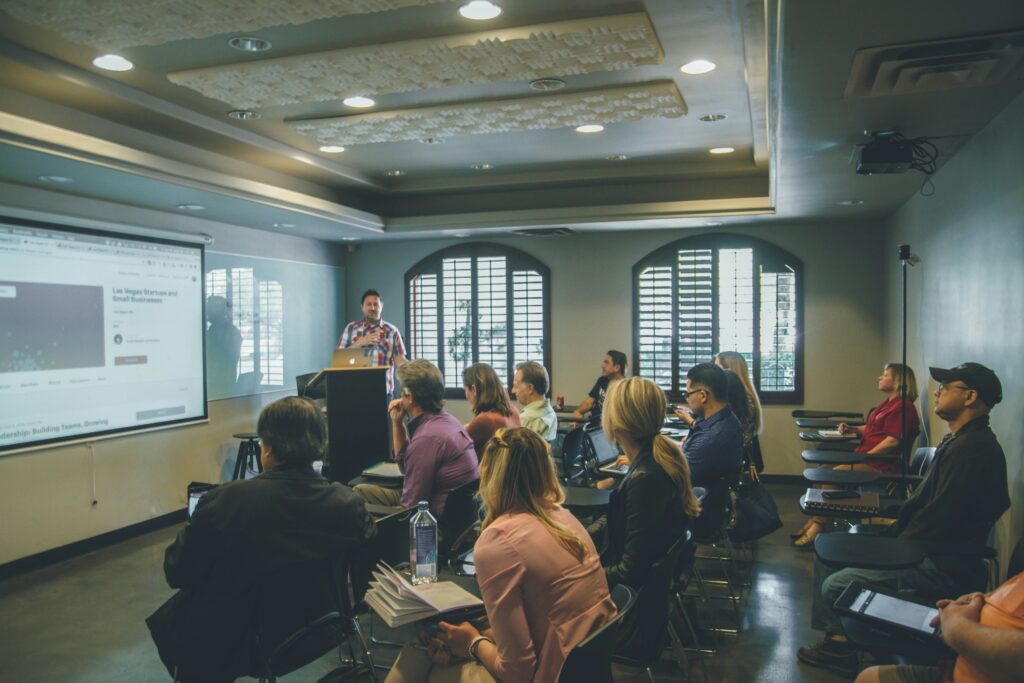
What They Are
Short, unresolved scenes meant to provoke thought and discussion. These videos present a dilemma or open-ended interaction and stop right before the resolution. They’re often used to spark dialogue.
Why They Work in the Classroom
By design, trigger films get students talking. They encourage critical thinking, ethical reasoning, and collaborative interpretation. These videos help instructors assess student comprehension in real time.
How to Create Trigger Films with Visla
- Record your scenario using Visla. The footage is saved to your Workspace automatically.
- Click “Create Video” and describe your trigger film idea in the prompt.
- Choose the “Advanced Video Editor” option when prompted.
- Let Visla’s AI clean up your footage: removing filler words, bad takes, and long pauses. You can also edit like a document using the transcript-based editor.
- Open the project in the Scene Based Editor to polish each section.
Final Thoughts
Videos are flexible, scalable, and incredibly effective teaching tools. Each type listed here serves a unique role in the classroom. With Visla, educators can create professional-grade content faster than ever, with no production crew needed.
FAQ
Educational research highlights the importance of cognitive load, student engagement, and active learning when choosing video formats. Short, focused videos (lectures, how‑tos, and case‑studies) help learners process information without feeling overwhelmed. Blended and flipped classroom models often use these formats to support deeper in-class activities and discussions. In practice, mixing styles ensures students stay attentive and can absorb complex content effectively.
Yes. Video naturally boosts interest through audiovisual stimulation, which engages multiple senses simultaneously. When paired with active-learning strategies (questions, discussions, or reflection prompts) videos can transform passive watching into interactive learning. Educators report that students stay motivated longer when they can pause, reflect, and respond during or after videos.
Teachers should ensure videos align clearly with lesson objectives and avoid emotional or cognitive overload. Previewing and curating content helps maintain academic accuracy and age-appropriateness . Encourage students to engage with videos actively by pausing to ask open-ended questions or reflect on key ideas . Finally, tailor the length and complexity based on age and skill level for maximum benefit.
Videos combine visual and auditory elements, which helps students who prefer seeing or hearing to process content more easily. They also enable learners to control their own pace—pausing, rewinding, and replaying—so each student can process material at a comfortable speed . Including practical examples or real-world context appeals to kinesthetic and contextual learners. In sum, videos help diversify instruction and reach a broader range of learners effectively.

